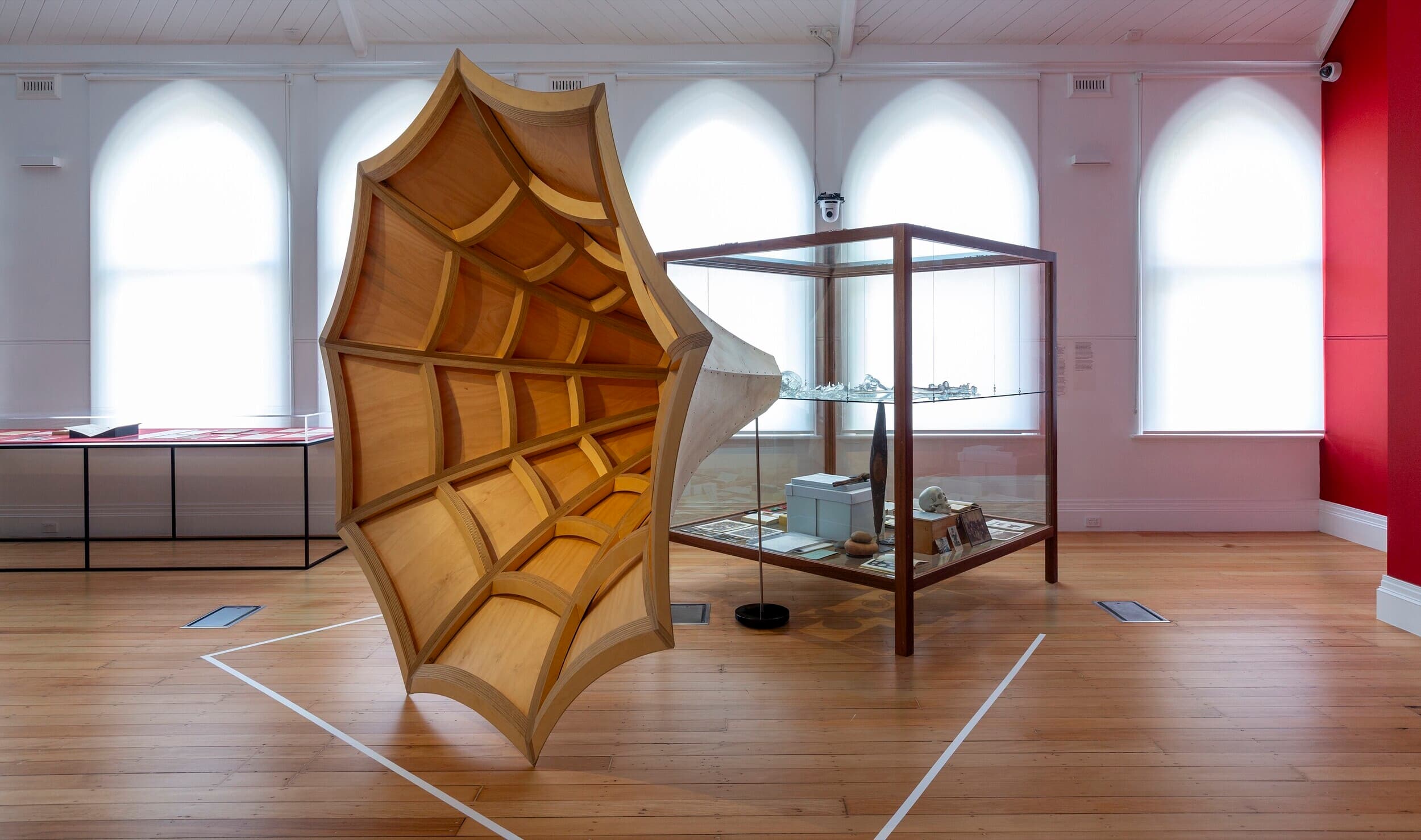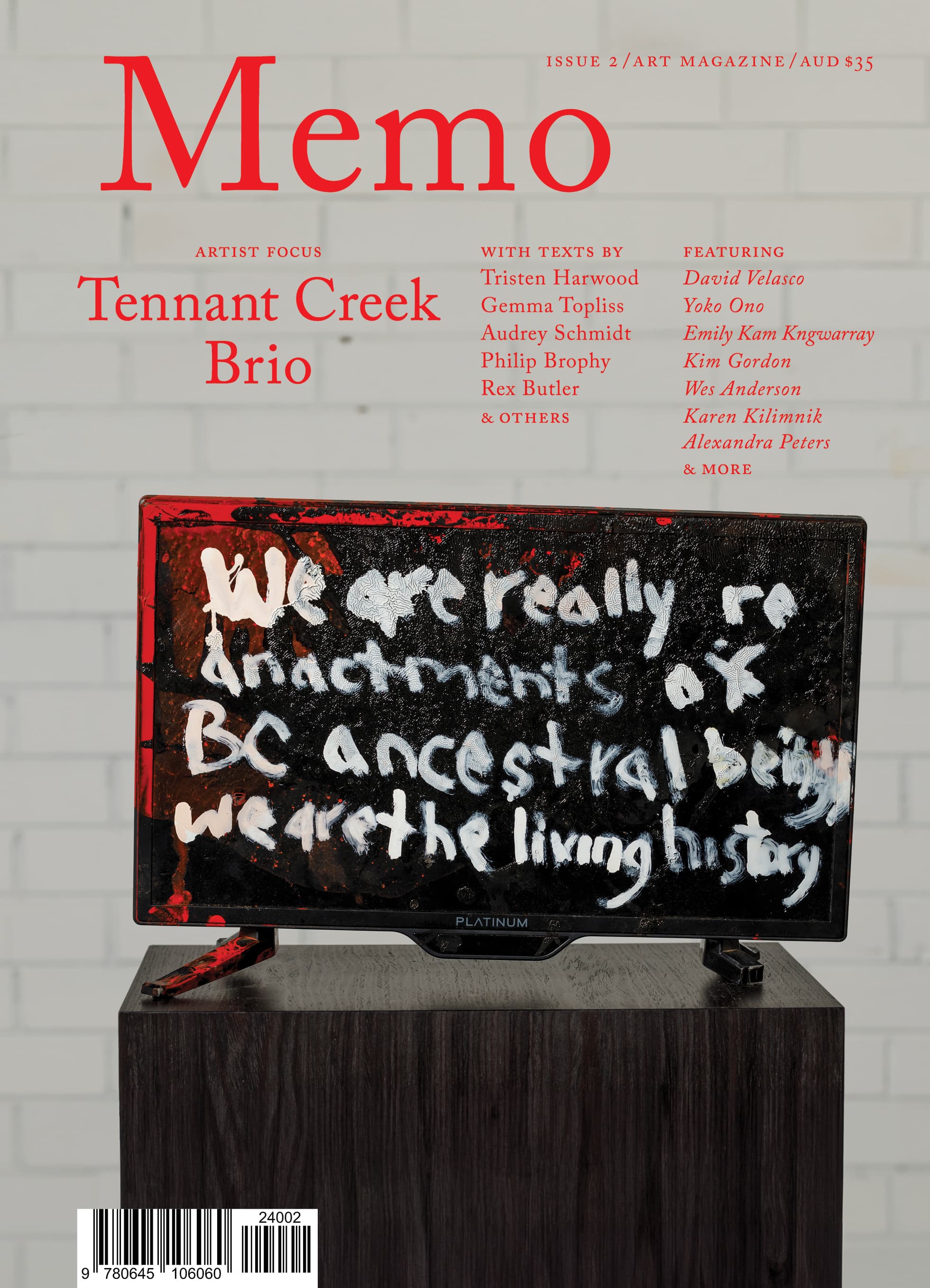The Twee Stigmata of Wes Anderson
At a time when all these elements are easily replicated by AI and memed on social media, what is often called Anderson’s “twee” aesthetic continues to be derided as all style and no substance.
Wes Anderson’s latest feature film Asteroid City (2023) is the purest expression of his signature style yet. Take the first five minutes alone. The film opens with a mock 1950s black-and-white television broadcast in Academy ratio, with the host (played by Bryan Cranston) introducing a live production of a documentary about the creation of the play “Asteroid City.” It is not long before we leave this initial framing story to enter another one in which the playwright Conrad Earp (Edward Norton) introduces the play’s characters, with the actors depicted either directly facing the camera or reading their scripts backstage.
Exclusive to the Magazine
The Twee Stigmata of Wes Anderson by Vincent Le is featured in full in Issue 2 of Memo magazine.
Get your hands on the print edition through our online shop or save up to 20% and get free domestic shipping with a subscription.
Related

Potter Museum of Art, 30 May to 23 Nov 2025. Curated by associate provost and distinguished professor Marcia Langton AO, senior curator Judith Ryan AM, and associate curator Shanysa McConville.

Dean Kissick’s Downward Spiral chronicled the art world’s contradictions with the breathless urgency of an end-times prophet. Now, with the column closed and the critic in semi-exile, the question lingers: was he a voice of his generation, or just another scenester burning out on his own myth?

“There’s no path for the magazine to restore trust in its current ownership.” David Velasco and Kate Sutton reflect on the situation with Artforum and its Summer 2024 issue.
